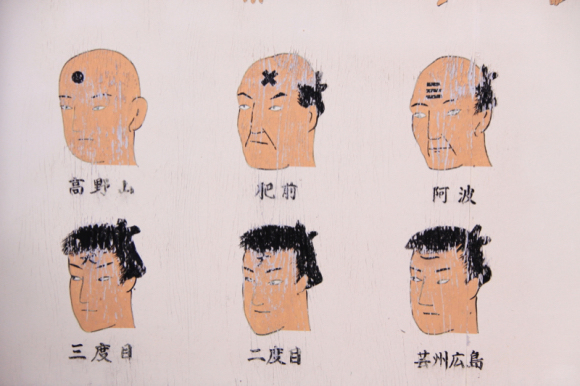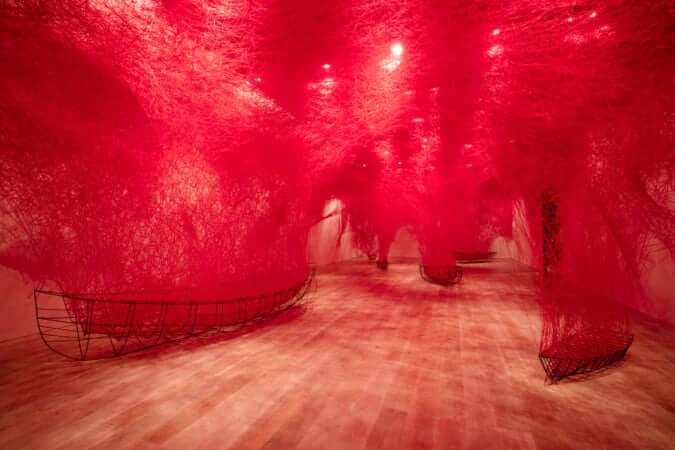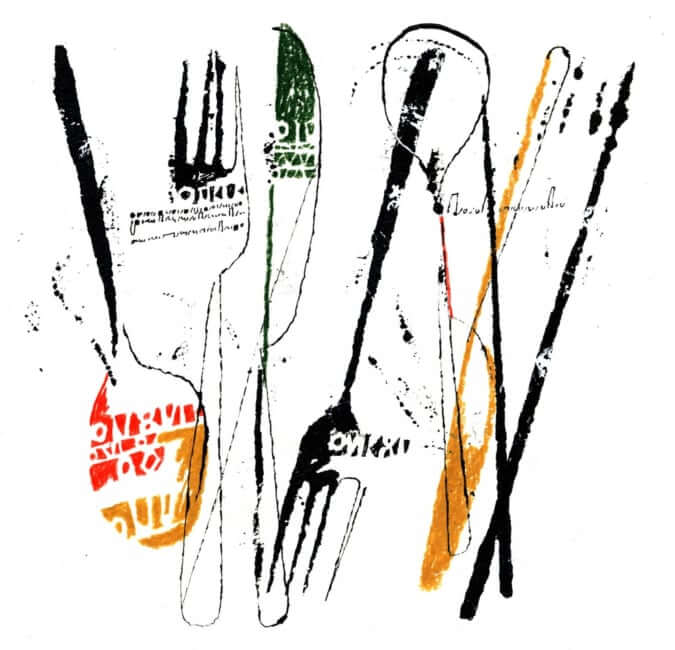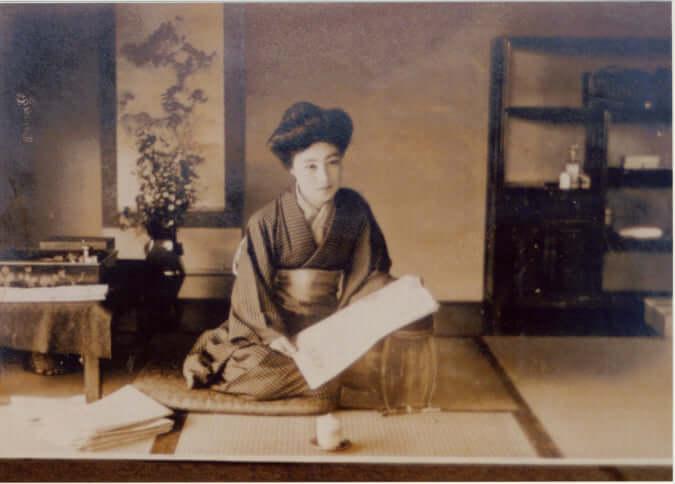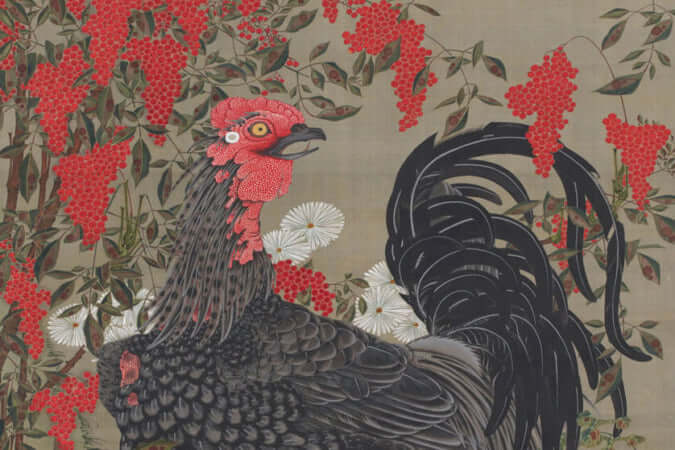Recipe for ‘Azuki’ Bites by Laure Kié
These little red bean balls dusted with ‘kinako’ flour are the ideal sweet treat to accompany a cup of green tea.
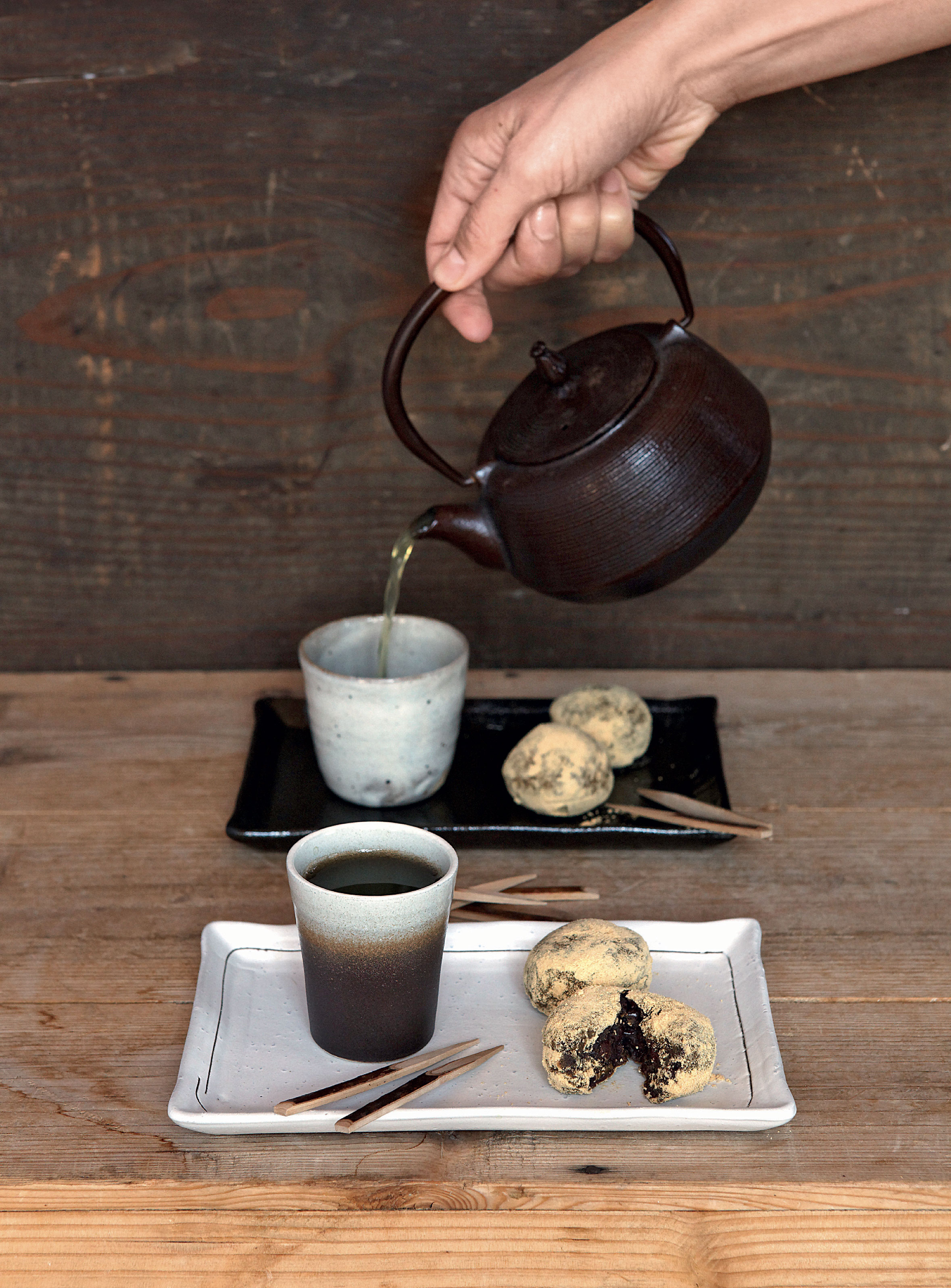
© ‘Le grand livre de la cuisine japonaise’, Laure Kié, Mango éditions, Patrice Hauser
Red beans (azuki), with a rapidly identifiable flavour and a texture that recalls that of chestnuts after cooking, are used to make various Japanese baked goods. Consumed primarily in the form of a sweet paste after adding sugar or honey, they are nestled in the heart of the famous dorayaki and mochi, to cite just a couple of examples.
In her book Le grand livre de la cuisine japonaise (‘The Big Book of Japanese Cuisine’), Laure Kié shares 170 sweet and savoury recipes that are typical of Japanese gastronomy, along with step-by-step instructions to make sauces, condiments, and accompaniments for these. The chef also offers tips and a list of the best establishments for finding supplies.
The book includes this recipe for azuki bites, to be enjoyed on their own or with a cup of matcha tea.
Ingredients
100 g azuki beans
40 g kinako flour (roasted soy bean powder)
75 g caster sugar
1 pinch salt
Method
Place the beans in a saucepan of cold water to soak the night before.
On the day, place the saucepan on the stove and bring to the boil. Pour in 1 glass of cold water then, when it starts to boil again, turn off the heat and drain the beans.
Return the beans to the saucepan, add 5 times their volume of water and bring to the boil again. Lower the heat and leave to cook for around 40 minutes, until the beans become soft.
Drain the beans and pour them back into the saucepan with the sugar and salt. Place over a low heat until the sugar has dissolved.
Mix the cooked azuki beans to obtain a thick paste.
Leave to cool at room temperature.
Form balls the size of a ping pong ball, then roll them in kinako flour just before serving.
Le grand livre de la cuisine japonaise (‘The Big Book of Japanese Cuisine’) (2015), a recipe book by Laure Kié, is published by Mango éditions (not currently available in English).
Laure Kié was born in Tokyo to a Japanese mother and a French father. It was in Japan, alongside her mother, that she discovered the basics of Japanese cuisine. After travelling across Asia to learn the secrets of its various culinary specialities and staying on traditional Japanese farms on multiple occasions, she settled in France where she shares her recipes in specialist books and on her blog.
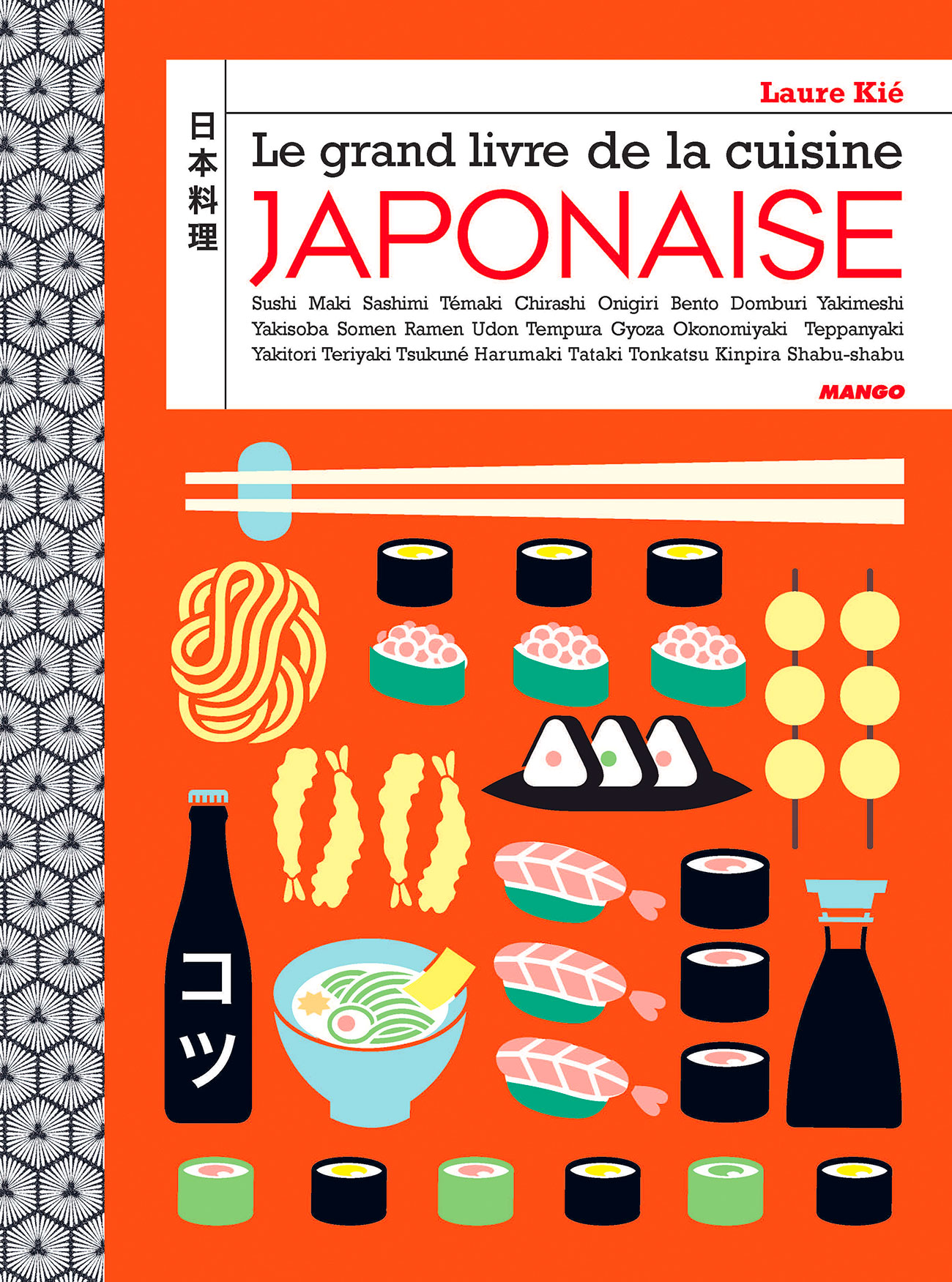
© ‘Le grand livre de la cuisine japonaise’, Laure Kié, Mango éditions, Patrice Hauser
TRENDING
-
The Tattoos that Marked the Criminals of the Edo Period
Traditional tattoos were strong signifiers; murderers had head tattoos, while theft might result in an arm tattoo.

-
Chiharu Shiota, Red Threads of the Soul
Last year, more than 660,000 people visited the retrospective 'Chiharu Shiota: The Soul Trembles' exhibit at the Mori Art Museum.

-
‘Before Doubting Others, Doubt Yourself. Who Can Truly Say a Dish Isn’t What It Used to Be?’
In ‘A Non-Conformist’s Guide to Surviving Society’, author Satoshi Ogawa shares his strategies for navigating everyday life.

-
The Story of Sada Yacco, the Geisha who Bewitched Europe
Described by Dazed magazine as the first beauty influencer, she has been restored to her former glory since 2019.

-
Ito Jakuchu's Naturalist Paintings
From 15 September until 14 October 2018, the Petit Palais showcased the artist's iconic ‘Images of the Colourful Realm of Living Beings’.

